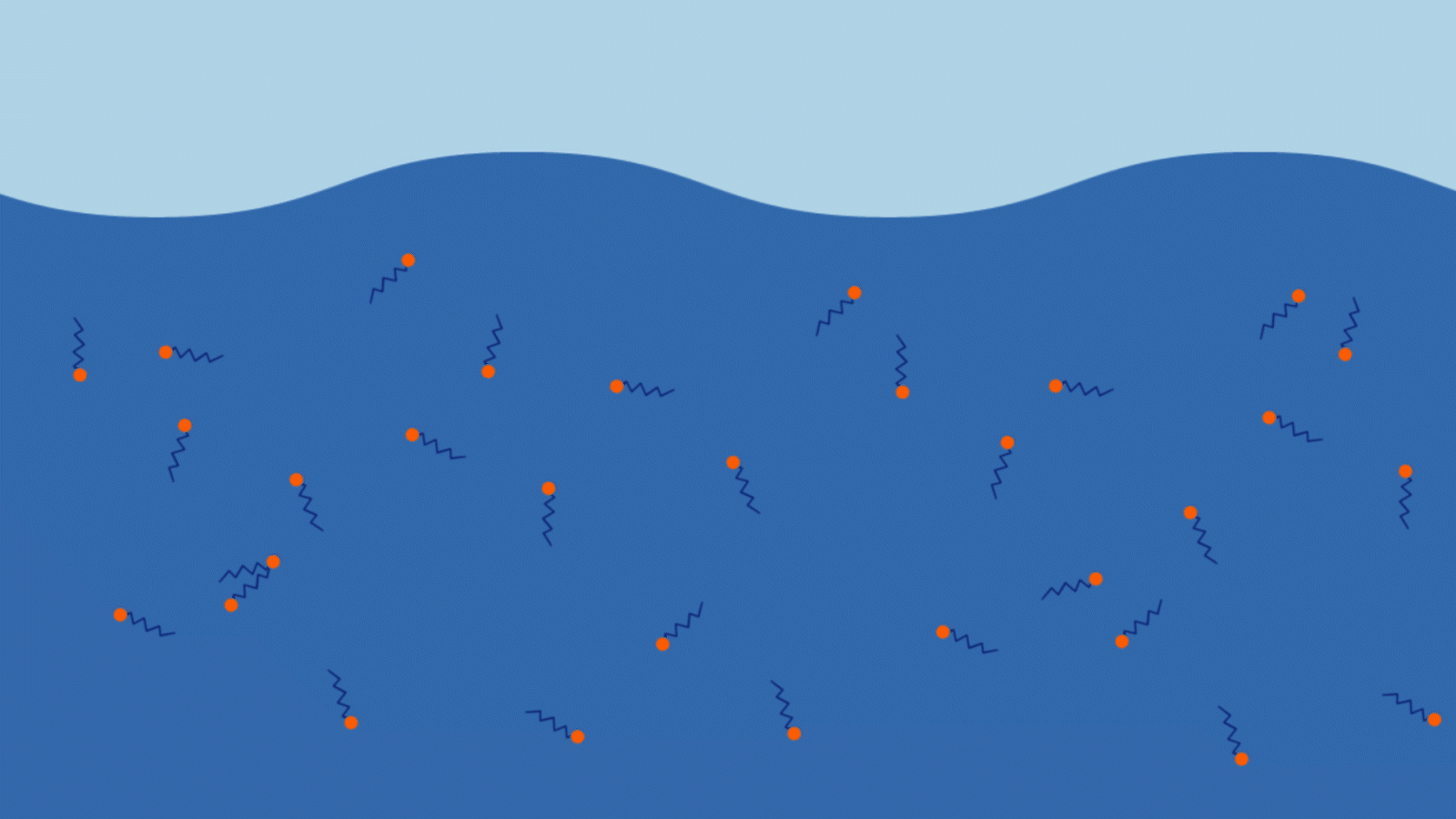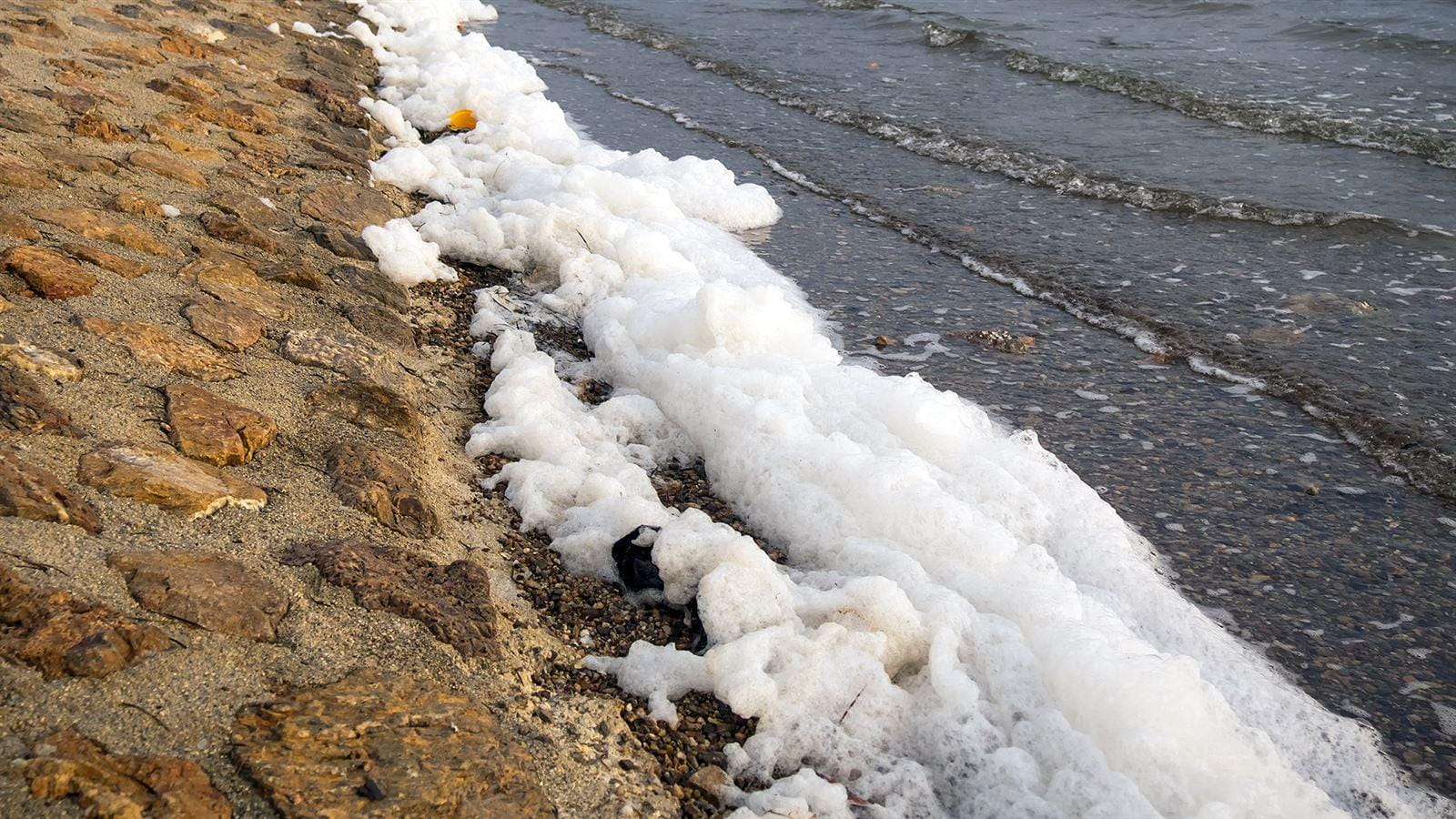PFAS Re-Foamed: A Treatment Breakthrough
Right now, scientists are working on treatment strategies that will not just reduce PFAS concentrations, but destroy any traces of the chemicals. As states continue to reduce acceptable PFAS exposure to nearly non-detect levels, research and development of destruction strategies has only become more important. Known as a “treatment train,” these solutions usually involve three stages: Separate. Concentrate. Destroy. One of the more promising ways to separate PFAS involves leveraging a naturally occurring phenomenon called foam fractionation.

Under certain conditions, proteins, detergents and fluorosurfactants (like PFAS) can collide with pockets of air, which carry them toward the surface and collectively form bubbles or foam. The right conditions can be as simple as pouring a beer. Carbon dioxide carries proteins formed during the fermentation process to the top of the glass, giving it it’s unique foam “head.” But the foam fractionation process also holds great potential to effectively separate PFAS, and ultimately destroy it. Due to the surfactant nature of PFAS compounds, which makes them particularly well-suited to foaming, re-foamed PFAS has been observed in contaminated lakes and rivers. And, during the wastewater and landfill treatment processes, it is not uncommon to generate a layer of foam from naturally occurring sources and organic surfactants.
CDM Smith researchers like Dr. Charles Schaefer have observed PFAS uptake at air-water interfaces—in other words, foam—and have developed PFAS air-water interface partitioning coefficients. While PFAS-specific treatment technologies applicable for landfill leachate and wastewater treatment plants are still under development, the PFAS uptake phenomenon by air-water interface (i.e., foam) may allow the foam to be properly skimmed off and collected.
This process, known as foam fractionation, has been studied using PFAS-impacted landfill leachate in recent months. The treatment appears to be highly effective for all but the smallest and largest PFAS molecules. There is the potential to apply foam fractionation at wastewater reclamation facilities, in-situ groundwater remediation sites, and to treat RO concentrate and investigation-derived wastes.

The future of PFAS is about options: optimizing upstream treatment technology, reducing downstream waste generation, and destroying PFAS.







